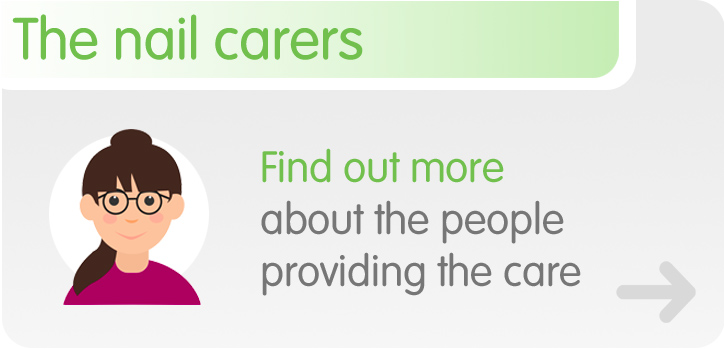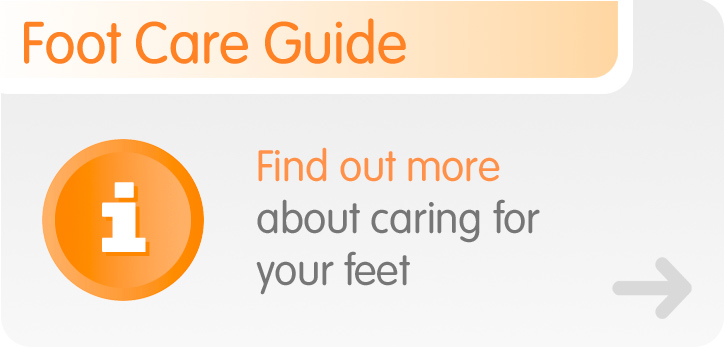Update following Government advice for nail carers
Updated information following the Living with Covid advice announced by the Government on the 20th June 2022 the full document can be accessed below:
COVID-19: information and advice for health and care professionals: www.gov.uk/coronavirus
Also please see our checklist of recommendations when entering a clients home
In line with the guidance there has been a general relaxation in the guidelines regarding social distancing and infection prevention guidance, this includes the use of fluid resistant in the below areas. Universal masking should continue where patients are at high risk of infection due to immunosuppressant therapy, and the Trust also requires staff working in the following settings to wear masks:
- when seeing patients/clients in their own homes providing care
- when seeing Palliative Care Patients
- when required In line with Standard Infection Control precautions, such as nursing and residential homes
- if a patient requests us to do so
- Where the nail carer choses to continue to wear a fluid resistant mask
Masks no longer required to be worn in an outpatient setting unless the service user requests, or the mail carer prefers to do so, or it is company policy.
Mask wearing is still indicated for patients and clients with:
- respiratory infections, where tolerated and safe.
- Patients who are high risk of infection should be encouraged to continue wearing a mask.
- Patients with confirmed or suspected respiratory infections should wear a mask during transfers and treatment.
- Requirement for patients to wear a facemask should NOT compromise their clinical care.
- Patients should be given the choice if they wish to continue to wear a facemask.
Important messages, good practice for all nail carers to continue to reduce the risk from infection, maintain good principles of Infection Prevention and Control including:
- Regular hand washing.
- Increasing Ventilation by opening windows regularly.
- Cleaning equipment and work areas between uses.
- Getting your winter vaccinations as soon as you can.
- Keeping distance from others when possible.
- Test regularly (twice-weekly LFT).
- Remember to use masks when dealing with patients who have respiratory symptoms. Or at risk as indicated above






